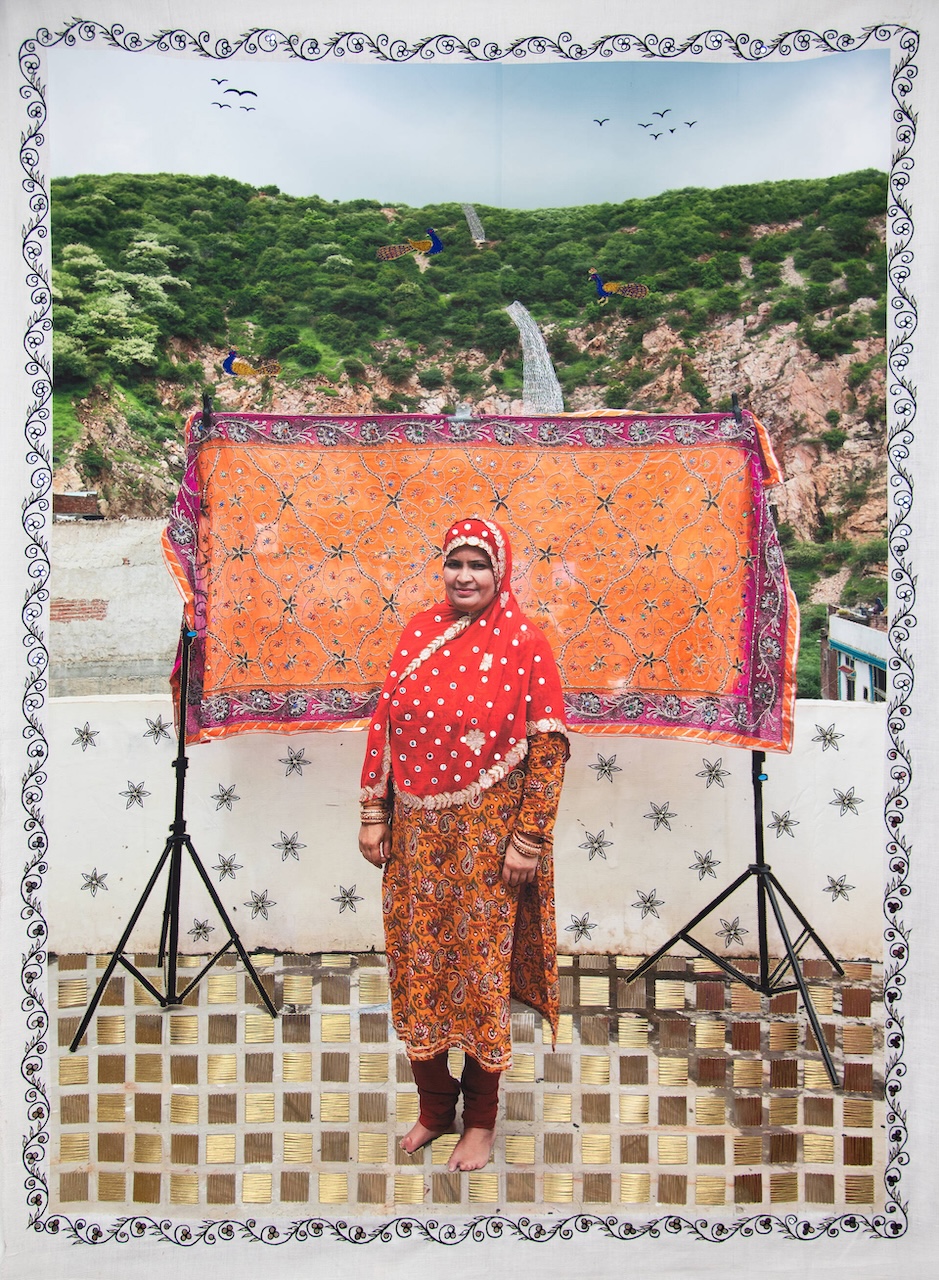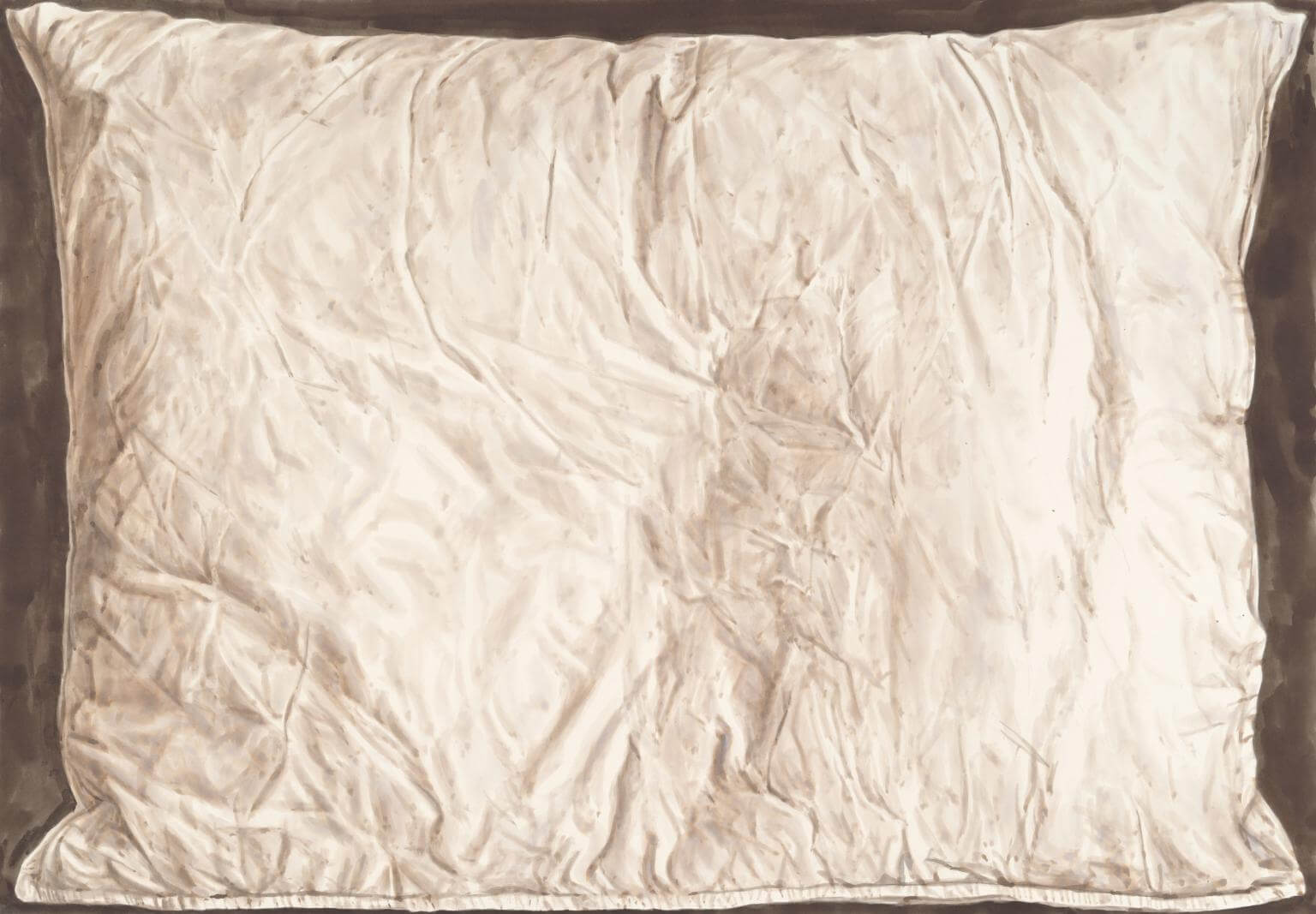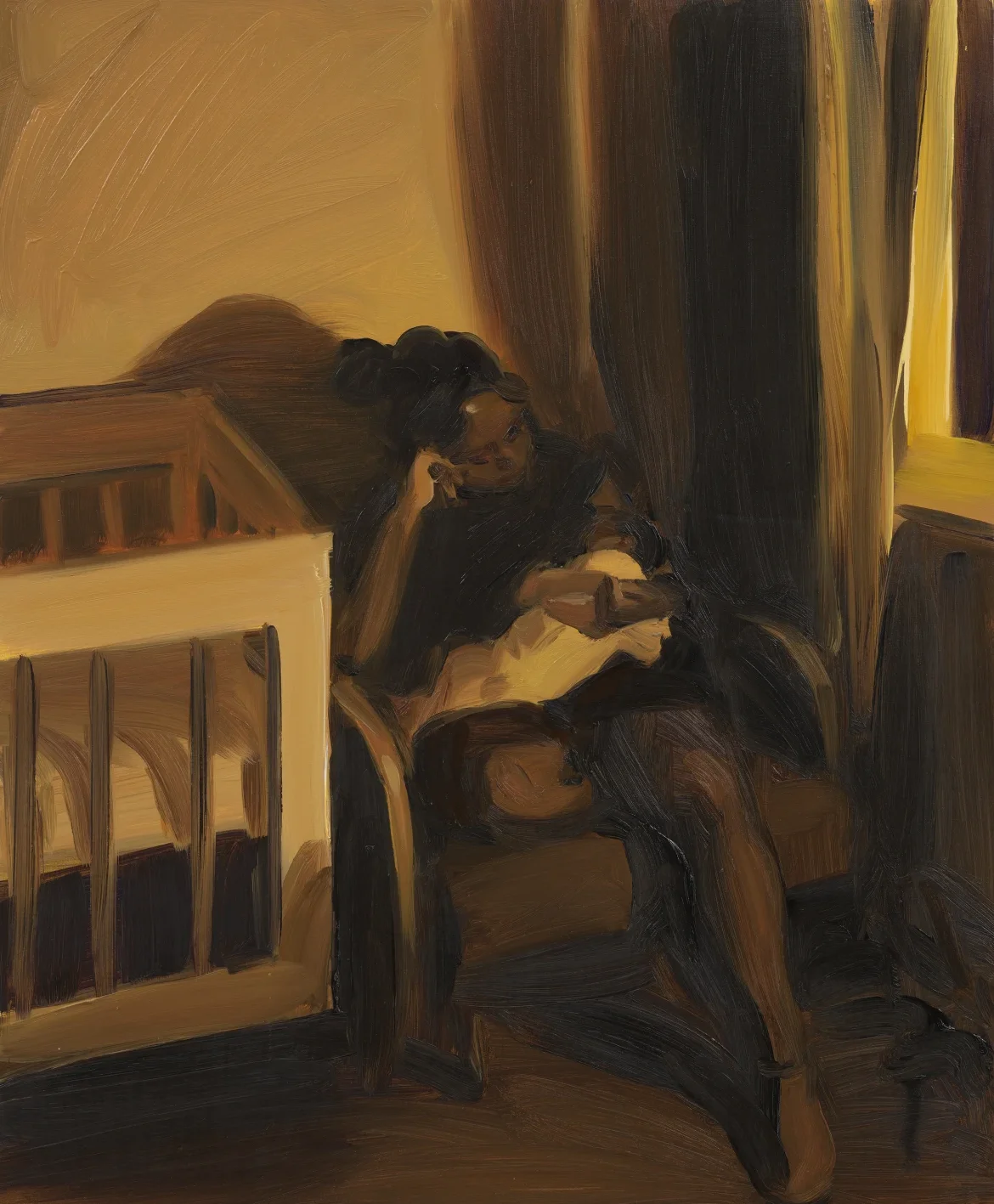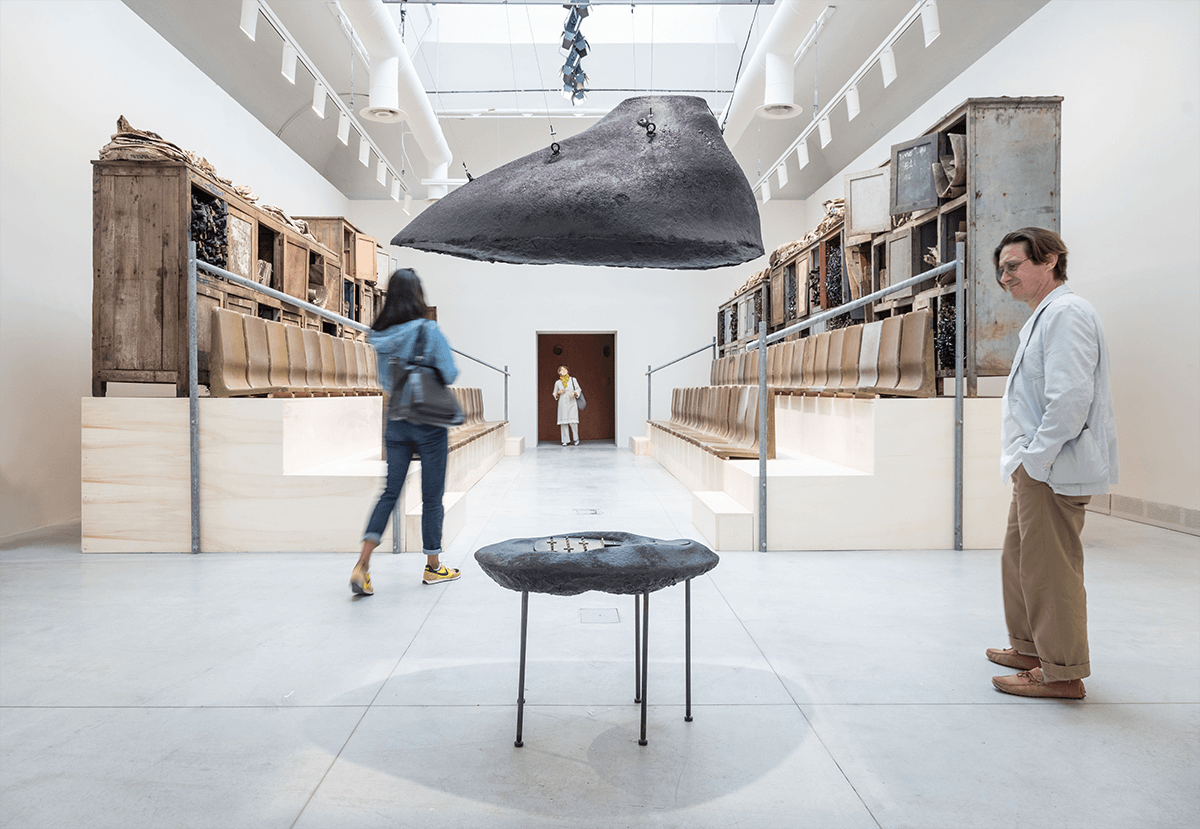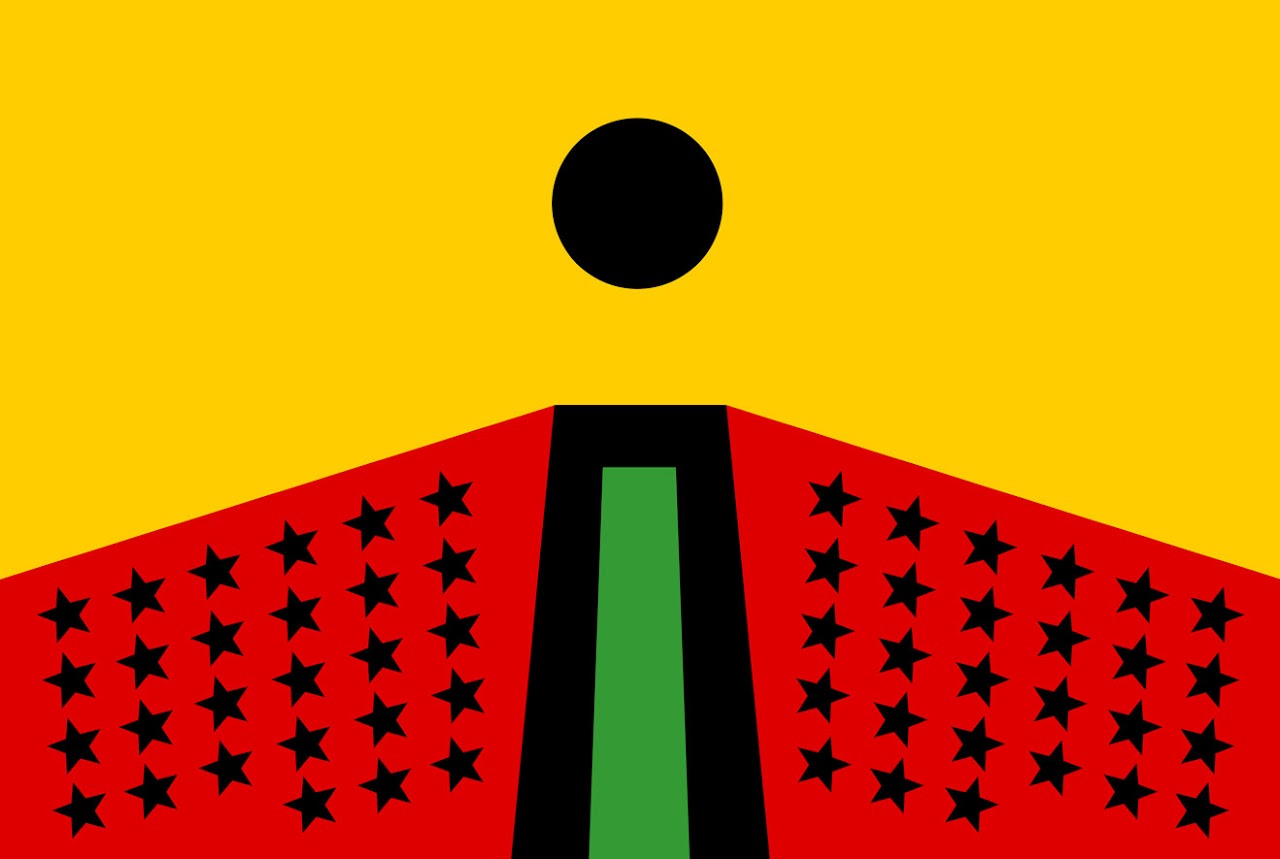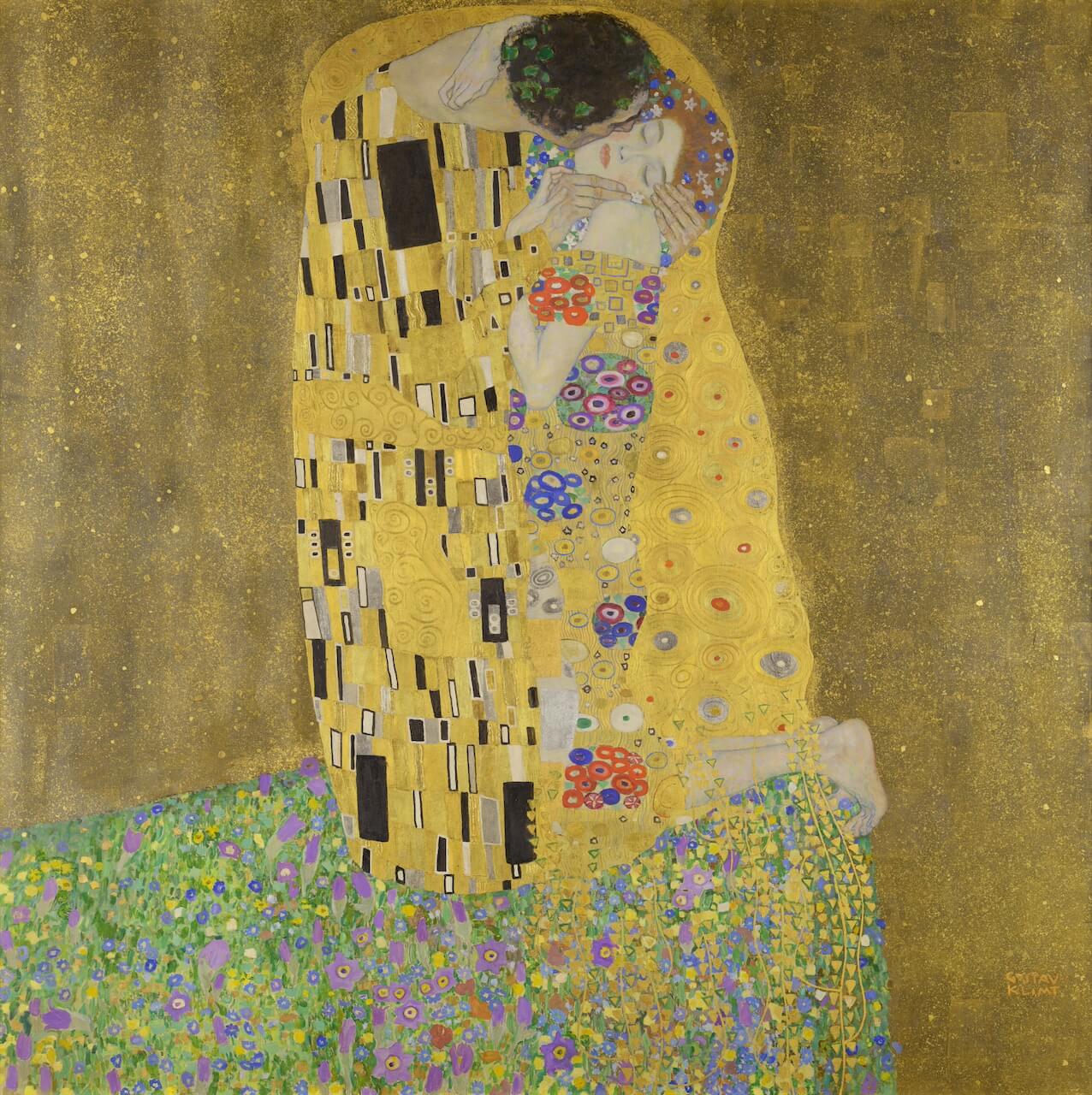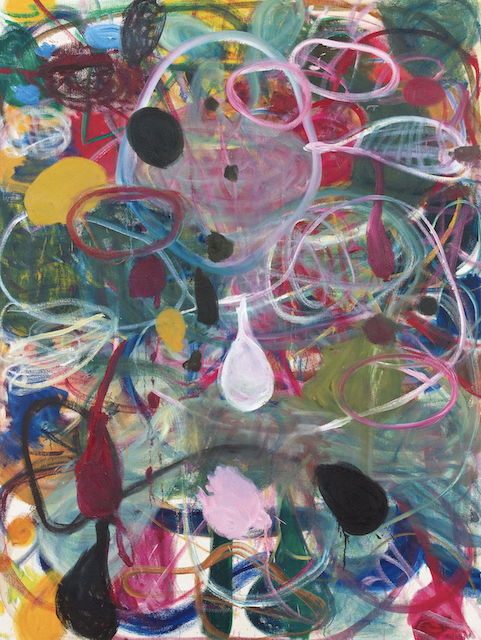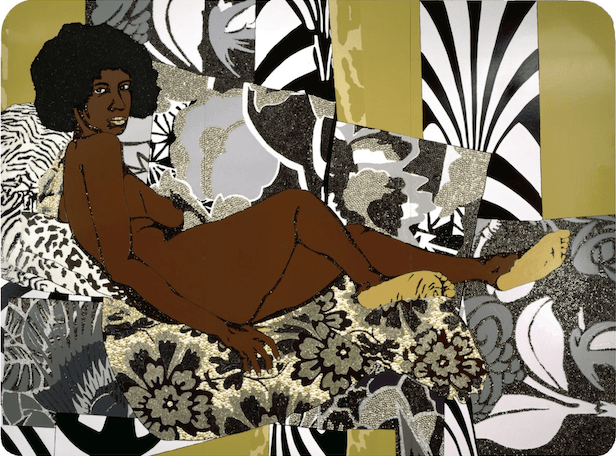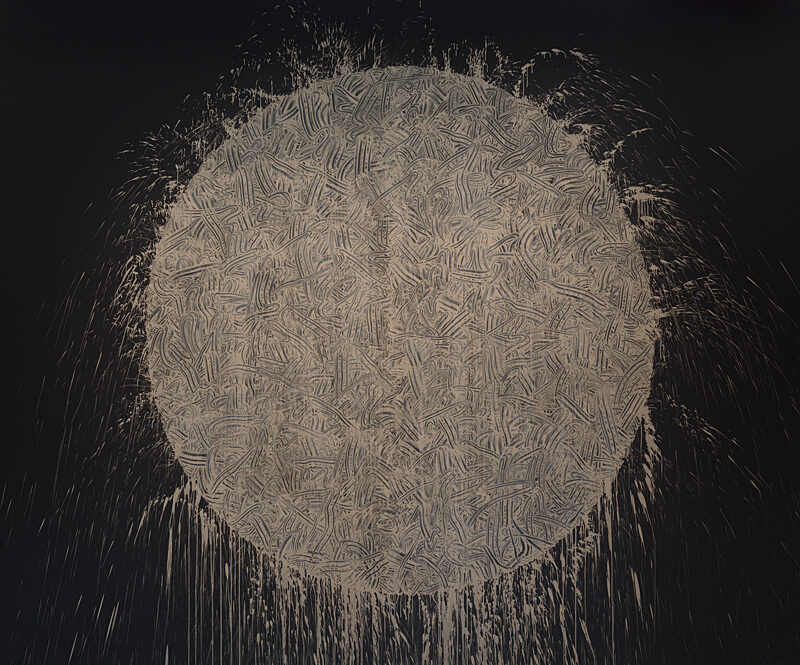
Dream & Discover
Work of the Week
Discover, Arifa Bano, 2023, by Spandita Malik
In this sumptuous, beautiful mixed media work by artist Spandita Malik, a portrait is printed purposefully on khadi, with local zardozi and gota-patti embroidery, beadwork, mirror work techniques. Arifa Bano is part of the series Jāḷī – Meshes of Resistance, a collaborative project with rural women’s communities in the artist’s home country of India. Against a backdrop of violence against women, Malik works with the women to capture intimate, self-directed portraits. The local cloth is chosen to deliberately echo Ghandi’s khadi, and India’s fight for independence. The images are then returned to the women who add the intricate embroidery on top, further deciding how their image will be read or seen. Malik has said that together the women are “enmeshing themselves in a stronger fabric of resistance, one stitch at a time.” Malik one of the winners of the 2025 V&A Parasol Foundation Prize for Women in Photography. This year, the Foundation invited photographers and artists to respond concept of ‘unity’, encouraging images that explore how communities, individuals, and even nature have come together to heal, reconcile, and find peaceful resolution. The Prize is produced in partnership with Peckham 24, London’s annual, three-day photography festival. An exhibition of the winners’ works, (selected by a jury including Gillian Wearing) is on view until 25 May at Copeland Gallery.
